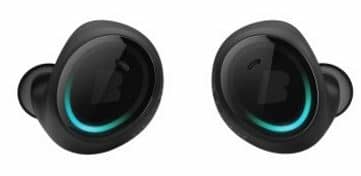As the month of April draws to a close, as large parts of the country continue to wait for the full bloom of spring, audiologists look back on two recently concluded events. Key topics at both events hold potentially monumental consequences, as government regulatory agencies wrestle with issues related to competition, innovation and consumer access.
The American Academy of Audiology (AAA) held their annual meeting April 5 to 8 in Indianapolis. Several educational sessions touched on the potential consequences of the recently re-introduced federal over-the-counter hearing aid legislation, spurred by the well-publicized 2015 PCAST and 2016 NASEM reports. As usual, there was a broad slate of educational content at the meeting, including several modules devoted to tinnitus management, balance screening, ethical practice management and automated hearing testing.
Attended by thousands of clinicians, students, industry partners and exhibitors from around the world, conversations at the 29th year of AAA were dominated by pending regulatory changes involving over-the-counter amplification devices.
A walk through the AudiologyNOW exhibition hall indicated that portable/automated hearing testing, PSAPs, rechargeable batteries and remote fitting are among the hot topics. Several industry stalwarts and a few newer start-up companies exhibited new products and features in the burgeoning mobile health and consumer-driven healthcare categories.
FTC Hearing Aid Workshop
On the heels of AudiologyNOW, the Federal Trade Commission (FTC), held a public workshop on April 18th in Washington DC. Title, Now Hearing This: Competition, Innovation, Consumer Protection Issues in Hearing Health Care was a day-long event that brought together key players representing all facets of hearing health care.
The objective of the FTC workshop was to examine competition, innovation, and consumer protection issues raised by hearing health and technology, especially hearing aids.
With more than a dozen presentations, the FTC workshop was divided into four main sections: innovations in hearing technology, innovations in hearing health delivery, the costs & benefits of hearing health care regulations and informing consumer choice in hearing health care.






